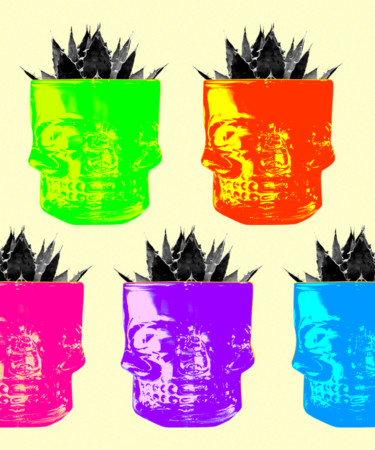
Sipped neat, over ice, or mixed into myriad cocktails, tequila is beloved for its complexity and versatility. Named for the small town of Tequila where the spirit gained popularity centuries ago, it’s distilled from the piñas of blue weber agave, a spiky succulent that hails from central Mexico.
According to Mexican law, tequila can only be produced within five Mexican states: Jalisco (where the majority of the spirit is made), Guanajuato, Michoacán, Nayarit, and Tamaulipas. The spirit must also include a minimum of 51 percent blue agave, though most critics agree that 100 percent is the standard for superior iterations.
From soft and approachable blancos to rich and complex extra añejos, tequila is a diverse spirit that offers a wide scope of aromas and flavors depending on its production and how much time it spends in wood casks. Tequila is divided into five classifications — blanco, joven, reposado, añejo, and extra añejo — excluding cristalino, a style that while not formally recognized by the Consejo Regulador del Tequila (CRT), is sure to intrigue any agave fan.
Keep reading to learn all about cristalino and the five types of tequila, Mexico’s beloved spirit.
The Types Of Tequila
Blanco
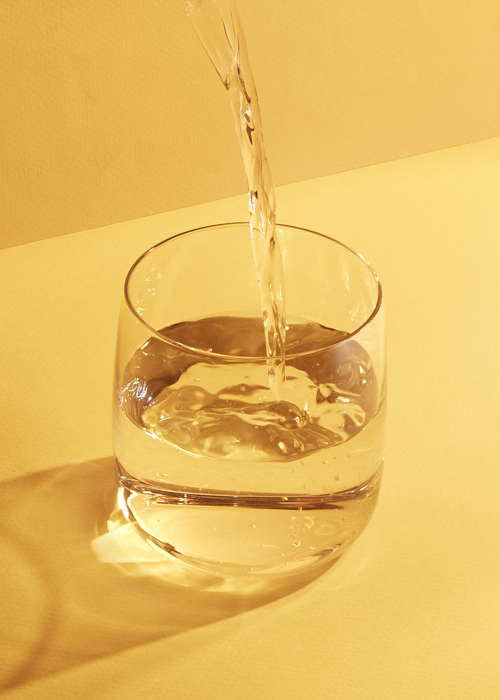
Sometimes labeled as “silver” or “plata,” blanco tequila is typically unaged, though some versions of the style can be aged for up to two months. Because most blancos don’t spend time aging in oak, connoisseurs tout it as agave’s most undiluted expression; straight from the earth to the bottle, there’s no oak influence to hide behind. With a youthful punch and brightness that many aged tequilas lack, blancos can make an excellent addition to mixed drinks and offer herbal, mineral, and citrus notes to tart cocktails like the Paloma and Margarita. At the same time, many tequila-purists insist on drinking blancos neat, as they offer one of the purest essence of agave flavor.
Joven
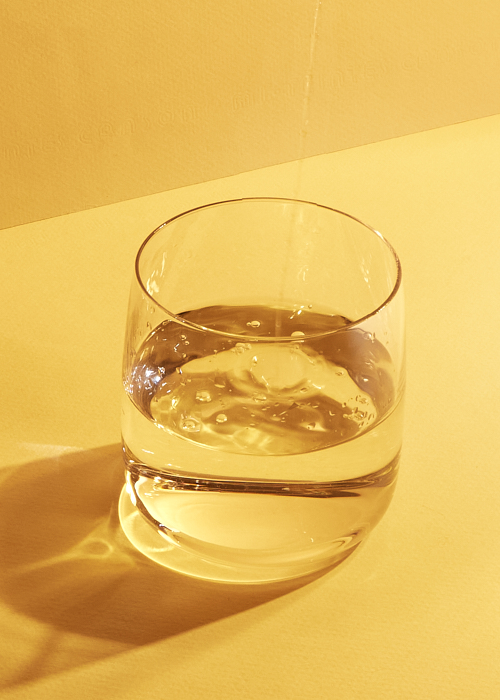
Joven, which means “young” in Spanish, is a blend of blanco and one or more aged tequilas. Bottles that fall into this category can prove tricky to find, and some jovens that are labeled “gold” are actually “mixtos,” an altogether different product that can include the addition of caramel coloring and flavorings. Be sure to look for 100-percent blue agave on the label when seeking out a bottle in this classification.
Reposado
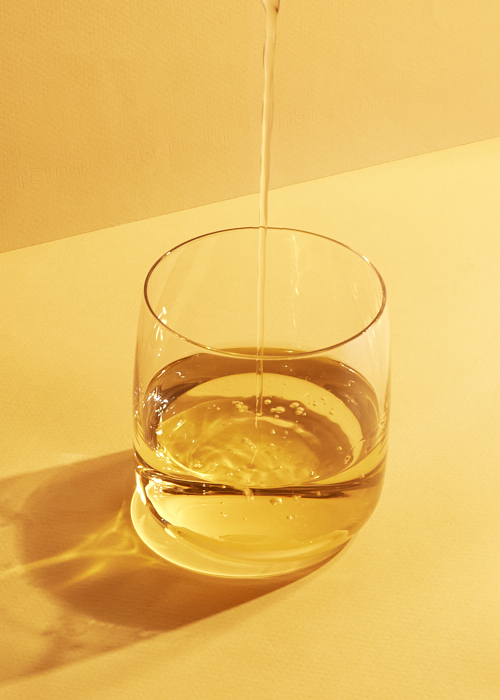
Reposado tequila spends between two months and up to one year aging in oak — usually in American whiskey barrels, though French oak is also utilized. There is no limit on the size of the container in which reposados can age, and today, some reposados are aged in large wooden tanks called “pipones” that can be as large as 10,000 liters in volume.
Often labeled simply as “aged,” reposados are beloved for their ability to showcase the subtle notes the wood imparts while still maintaining some of the agave’s brightness. Since striking that balance can be a tough feat, many producers claim that reposados are the hardest type of tequila to pull off well. Because reposados are often reasonably priced and can stand up to a range of flavors, they tend to be a favorite among bartenders when making cocktails, though they also make excellent sippers.
Añejo
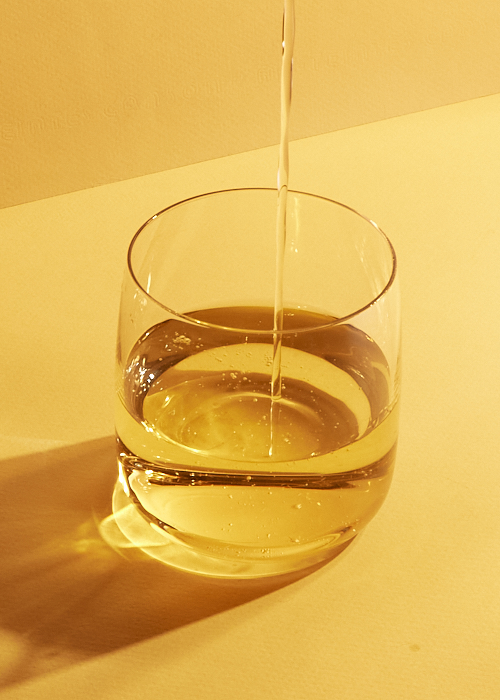
For a tequila to be considered an añejo, it has to spend between one and three years aging in barrels no larger than 600 liters. More often than not, these tequilas are aged in 200-liter, ex-American bourbon barrels. Designed to be sipped, the additional time in wood results in amber hues and complex flavors of honey, vanilla, and baking spices that some liken to whiskey. Añejos also make an excellent accompaniment in whiskey-centric cocktails, such as the Old Fashioned, but also work perfectly served on the rocks. Due to the relatively large amount of angel’s share lost during barrel-aging, añejos typically command a much higher price than reposados.
Extra Añejo
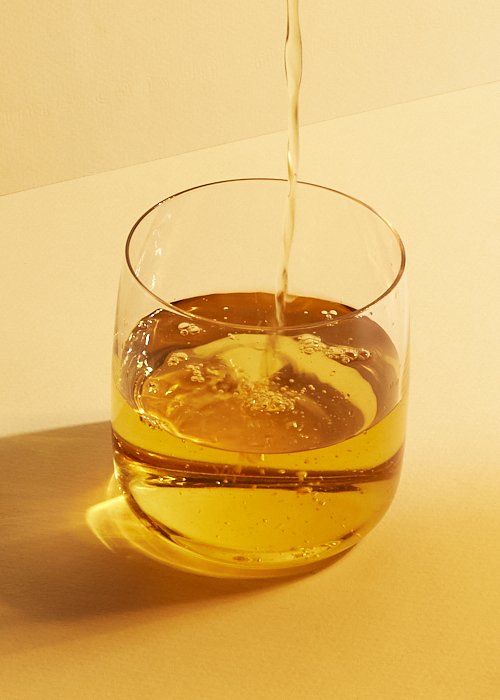
Decadent and luxurious are some of the adjectives often used to describe tequilas that fall into the extra añejo category. A newer class that was officially recognized in 2006, these premium tequilas are barrel-aged for a minimum of three years in barrels that cannot exceed 600 liters, but can spend even longer in wood depending on the distiller. Varying in color from deep gold to reddish-brown, extra añejos are smooth, complex, and offer drinkers a singular experience.
For a long time, tequila producers argued that aging a tequila beyond three years was a matter of diminishing returns, as angel’s shares inevitably become larger, and agave character gives way to barrel influence. But as tequila has attracted more and more aged spirits-aficionados over the years, producers are more often aging tequilas for well-beyond 10 years.
Cristalino
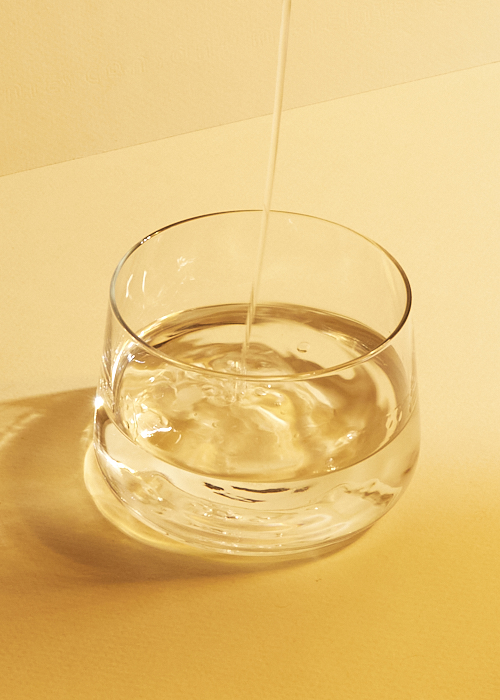
If you’re seeking a tequila that retains the complexity and richness of aged tequilas but pours as clear as a blanco, then a bottle of cristalino is your best bet. A lesser-known category that’s steadily gaining momentum, cristalino is typically an añejo or extra añejo (though there are reposados in the mix) that have been filtered with charcoal, sometimes multiple times. The first cristalino was released by the Maestro Dobel brand in 2008 under the name Diamante. A few years later, Don Julio 70 hit the market, coining the cristalino term and becoming the first expression of its kind made entirely with añejo tequila. At this time, the CRT doesn’t recognize cristalino as an official category of tequila, so don’t be surprised if you come across expressions not labeled as such — like the aforementioned Diamante.
FAQ
What’s So Special About Blue Agave?
Blue agave is a succulent found only in central Mexico, making it a highly-coveted ingredient. For nearly 200 years, tequila was made from a mix of up to nine agave varieties, but blue agave emerged as the most resistant of the bunch in the midst of a fungal blight in the late 1800s. The variety is also relatively high in sugar, and matures rather quickly compared to other agave species. Premium tequilas contain 100 percent blue agave, but any spirit must contain at least 51 percent to be classified as tequila.
What Is Mixto Tequila?
Mixto tequila is made with caramel coloring, artificial flavorings, and other additives, and is considered less desirable relative to 100-percent blue agave.
What Type Of Tequila Is Meant For Sipping?
Añejos and reposados are traditionally sipped straight, while blancos are commonly enjoyed as shots or in cocktails. At the end of the day, though, any tequila can be sipped neat. Take LALO Tequila Blanco or Primo 1861 Blanco, for instance. Both stand up in cocktails, but we suggest sipping them on their own to enjoy their full potential.
Can Tequila Be Made Outside of Mexico?
No, tequila technically can’t be made outside Mexico. By law, tequila can only be produced in one of five Mexican states. That said, if one were to make a spirit with blue weber agave outside of the approved regions or in California, it may taste near-identical to tequila — it just can’t be labeled as such.
Is Tequila an Upper/Stimulant?
Contrary to popular belief, tequila is not a stimulant. Just like any other spirit, tequila contains ethanol, which is well-known as a depressant. It’s possible that the myth stems from stories regaling the kind of raucous parties where many people first encounter tequila — consider the ritualistic salt-shot-lime. If you’re looking for an energy boost along with your booze, just order an Espresso Martini.
What Are the Best-Selling Tequila Brands?
The best-selling tequila brands are always in flux, but check out VinePair’s list of the top 10 best-selling brands from this past year. The data is pulled from magazine Drinks International’s Annual Brands Report, which polls 100 of the world’s top bars to determine the most popular brands each year.
